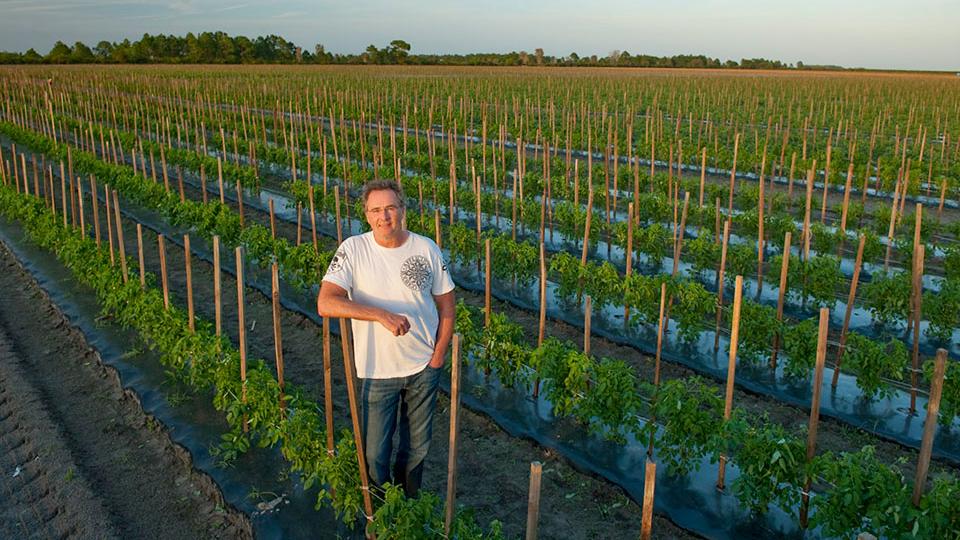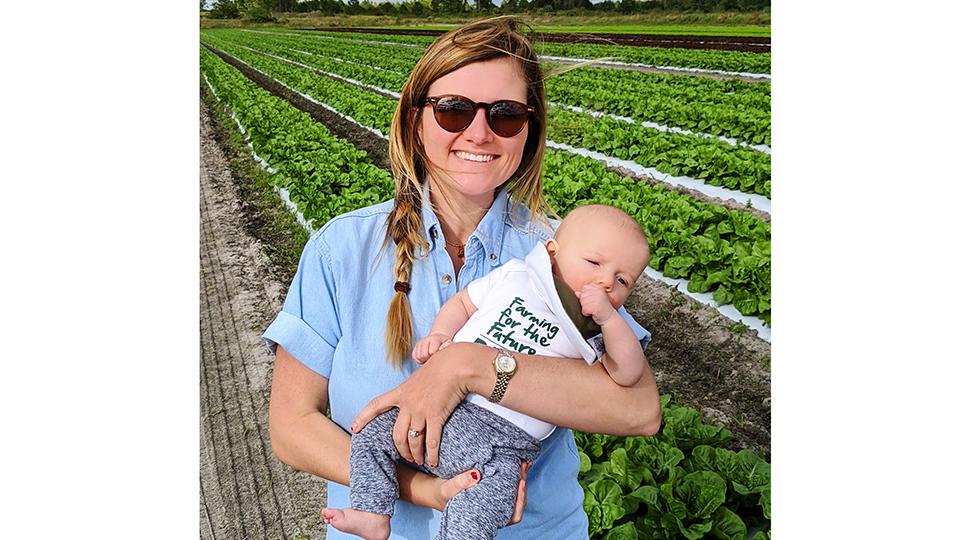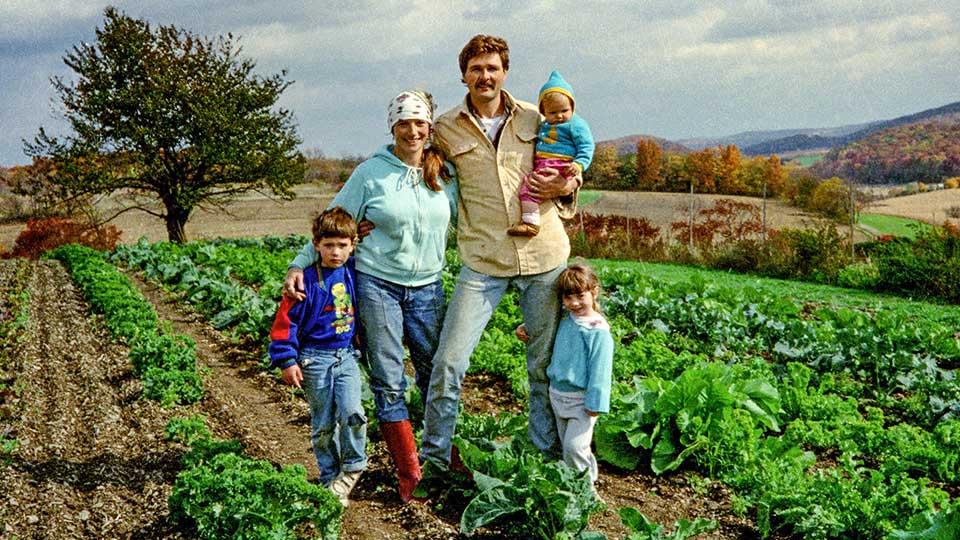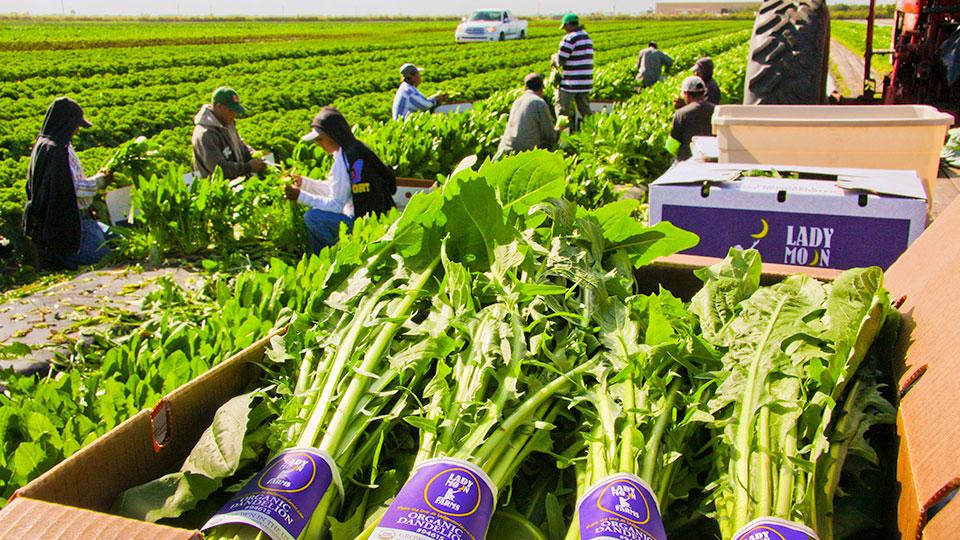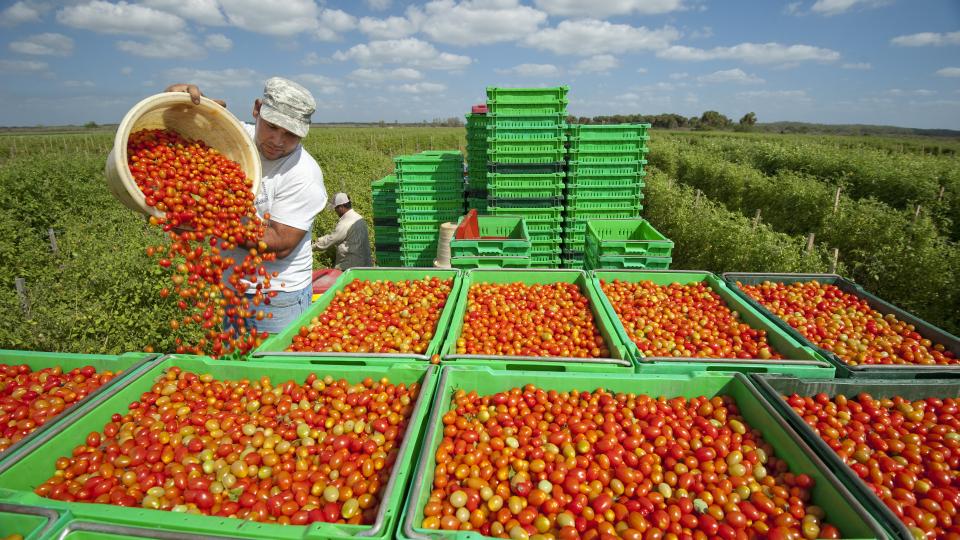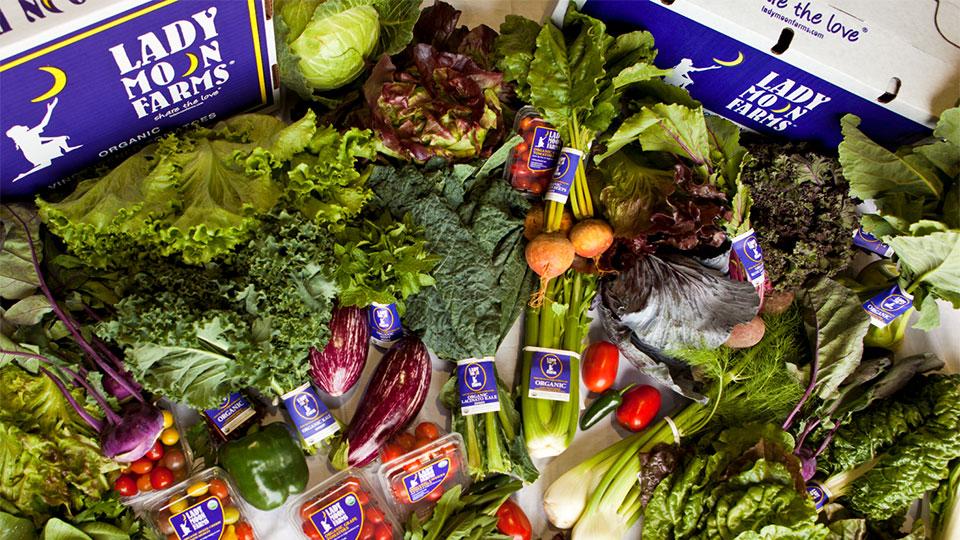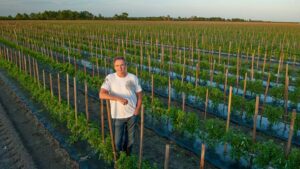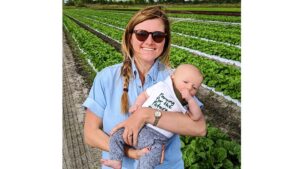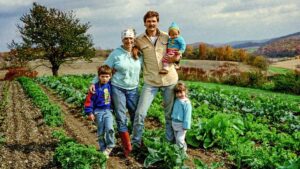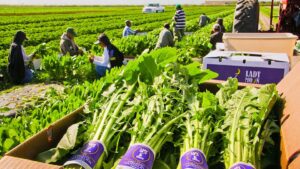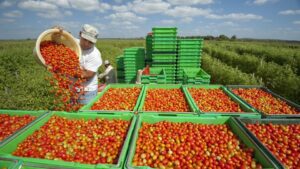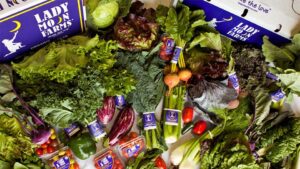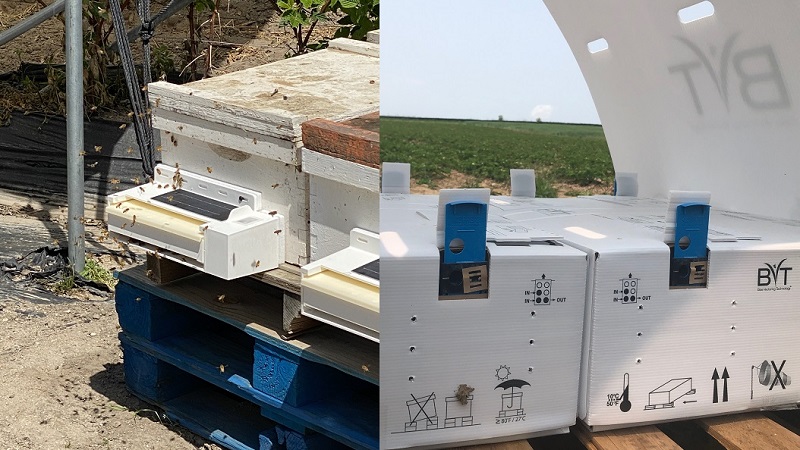At Lady Moon Farms, Success Has Deep Roots
Lady Moon Farms began life as a rural organic market farm on five cultivated acres. Today, it boasts 3,000 acres spread across three states.
How did Owner Tom Beddard and his late wife, Chris, manage a feat so few small growers manage — growing large enough for stability? Tom will say he was lucky, that his farm grew as the organic industry grew.
A closer look reveals smart financial decisions and setting high standards for produce quality likely had a bigger impact on the farms’ success.
The Roots
The Beddards’ passion and belief in organic production methods was there right from the beginning.
Tom bought a small 22-acre farm with 5 tillable acres in 1986 with little experience other than nearly a decade-old ag education. Two months later he met Chris, a fellow urbanite — Tom from Pittsburgh, Chris from New York City suburbs in New Jersey.
Despite the odds, they started living the farm life and loved what the land provided.
“It was in a hollow with a small babbling brook running through the backyard. Tons of songbirds. It had pasture, woods, and tillable ground. A perfect place to raise a family. The kids had animals of all kinds!” Tom recalls.
Their goal was to live the idyllic sustainable life. But when their children came along, Tom and Chris had decisions to make.
“Chris and I, we looked at each other and said, ‘What are we going to do?’” Tom says.
What they did was to venture past their market farm model and sell vegetables commercially.
From the beginning, Tom insisted organic produce could and should be beautiful. In an era of “organic is ugly,” the couple only packed great-looking produce. The quality startled customers.
“I remember going to this one food store [in the Washington, DC area],” Tom recalls. “I’m carrying this stuff in and out from the truck by myself, and I’m coming back in after dropping some other stuff off.
“I walk in and the produce guy there, he’s got a bad look on his face. And I said, ‘What’s the matter?’ I mean, the stuff was stellar.
“He says, ‘This isn’t organic.’
I said, ‘What do you mean?’
He said, ‘It’s too pretty.’”
Strategic Moves
Just a few years after Tom and Chris moved into commercial production, they relocated the family to a new, larger farm in Chambersburg, PA, which had 150 acres, 80 tillable.
In the off-season, they vacationed in Florida for a month.
“I would leave the family for two or three days and go up into Immokalee area,” Tom says. “I wanted to see the winter vegetable operations, which was all new to me. And I just loved it, having the smell of tomato leaves on my fingers in the winter.”
The years of enjoying an off-season were over. The couple started off renting 50 acres as a test, planting their first Florida-based crop after Christmas 1999, giving them a half season.
The trial was a huge success. Lady Moon Farms could grow year-round now.
A couple years later, the couple bought 600 acres near Punta Gorda. It was a major leap.
Tom says despite the challenges of learning to grow organically in sand rather than loam, he found the farming community in Florida remarkable.
“[Florida] has a really strong winter veg establishment, and we were able to get help much easier,” he says.
Once they had a year-round cashflow, the finances eased up considerably. They were able to buy 400 acres in the southwest corner of Georgia. Over the years, the Beddards added acres until they reached today’s 3,000 acres.
Today, Tom and his daughter, Anaïs Beddard, are Co-owners.
A Stable Future
Beyond what Tom calls pure luck, many other factors created Lady Moon’s success.
Take customer relationships. Those started at the beginning are still in place today. Tom’s exacting quality standards played a big part in that longevity.
“The quality cannot be underestimated. I mean, that really did give us a leg up.” Tom says.
It built trust. Continuous communication and being open about costs helped, as well.
Factor in the seconds. With high standards come a lot of culls. It’s a cost of doing business, Tom says. That produce mostly heads to food banks. With the volume donated, there are strong tax advantages, easing the financial burden.
Another aspect of their success is that the farm never allowed itself to end the year in the red.
“[My parents] were always able to eke out at least a little bit of a profit,” Anaïs says. “And when they did grow, they did it strategically, researching and renting first, going smaller. And then only doing what they could be sure they could pay back.”
Anaïs joined the company in 2015, bringing with her solid business skills from years in the financial sector. She also has a passion for organic production and is a leader in the Real Organic Project. Real Organic Project formed after the U.S. allowed hydroponics to receive organic labeling. It promotes the importance of in-soil, sustainable production.
In running the day-to-day operations, Anaïs is ensuring Tom’s passion lasts for generations to come.
“You know, I loved what I was doing,” Tom says. “I loved to be out in the fields. I loved to put my hands in the dirt and lift it up and smell it, especially after a rain or after an irrigation. And I just love to go out and stand on one edge of the field and look out. Passion and love get you far in this world.”
Editor’s note: Lady Moon Farms reports none of its Punta Gorda staff and workers were harmed in Hurricane Ian. It did have an early crop planted, however, and will need to replant.
At a Glance: Lady Moon Farms
Owners: Tom Beddard and Anaïs Beddard
Founded: 1986
Size: 3,000 acres
Location: Pennsylvania, Florida, and Georgia
Production Method: Organic
Customers: Wholesalers, distributors, retailers, and processing




